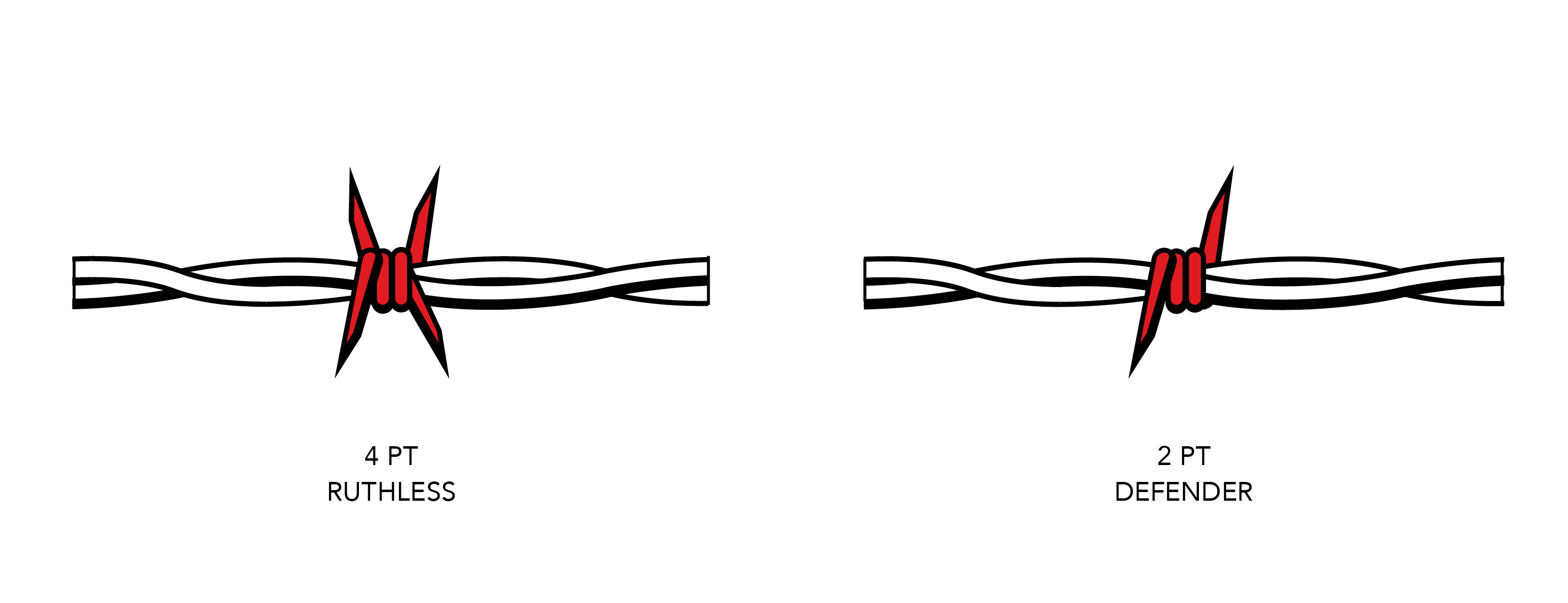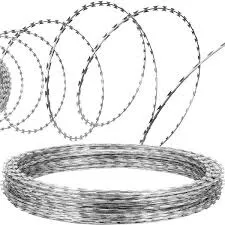The history of barbed wire is not a well-documented story, but we do know that farming and ranching was forever changed with the invention of this fencing solution. Some farmers were using early homemade variations of barbed wire fencing in the mid-1800’s. However, Joseph Glidden’s later design became the most successful barbed wire of his time. His patent in 1874 was inspired by an earlier version developed by Michael Kelly but was improved by the use of two strands of wire that secured ‘spines’ or ‘barbs’ onto the fence line.
The legend goes that Glidden was searching for a way to protect his wife’s garden from the livestock on their DeKalb, Illinois farm. As a result, Glidden created his own design with a modified coffee mill to twist two strands of wire to form loops for barbs. Named “The Winner”, Glidden’s design was easy to manufacture, cost-effective, and wildly popular across the American plains. The design was quickly modified by others in order to meet their unique livestock needs. As a result, the U.S. government issued over 500 barbed wire patents before the turn of the century. Soon, more than 2,000 unique designs could be found across the United States.
Modern Barbed Wire
Today’s barbed wire is not made with a coffee crank, but instead with giant automated machines. Using precise steel formulations and uncompromising quality control procedures, Red Brand has manufactured top-of-the-line barbed wire products since 1905. Our plant in Peoria, Illinois makes over 30 types of barbed wire, all with the signature red-painted barbs that makes Red Brand unmistakable. Thanks to modern, efficient manufacturing processes, Red Brand produces enough barbed wire each year to circle the earth six times.
HOT-DIP GALVANIZED FLAT WRAP RAZOR WIRE (RING TYPE)
Red Brand’s Barbed Wire
We know livestock will test almost any new fence. As a result, we developed a two-stranded, twisted wire with sharp points and strong barbs that resist bending. Our barbed wire is available in two different styles. ‘Ruthless’ features four very sharp, pointed barbs placed every four inches along the wire, while ‘Defender’ has two barbs.
From a small family of livestock to massive herds, both styles of Red Brand barbed wire are built to safely contain your animals. When herd pressure or crowding is a concern, consider using 4 point Ruthless. More points on the barb provide greater hurt factor, so cattle will quickly be reminded to stay away from the perimeter. If you have more room for your herd to roam, 2 point Defender is acceptable.

Both types are available in Class 1, Class 3, or Commercial grade galvanization. Each style is also available in standard low carbon 12.5 gauge wire or 15.5 gauge high tensile wire. All Red Brand rolls cover 1,320 feet of land, or one-quarter mile. Four rolls of barbed wire would be enough to enclose a square 40-acre parcel.
Tips for Installing Barbed Wire
Like most wire fences, your fence posts should be spaced eight to twelve feet apart. However, if fencing on hilly terrain, you may need to place your fence posts closer together, making sure that there is a post at the top of each rise. Typically, four to five lines of barbed wire are adequate for most applications. Since predators can squeeze through small gaps, if they are an issue be sure your wires are placed close together.




